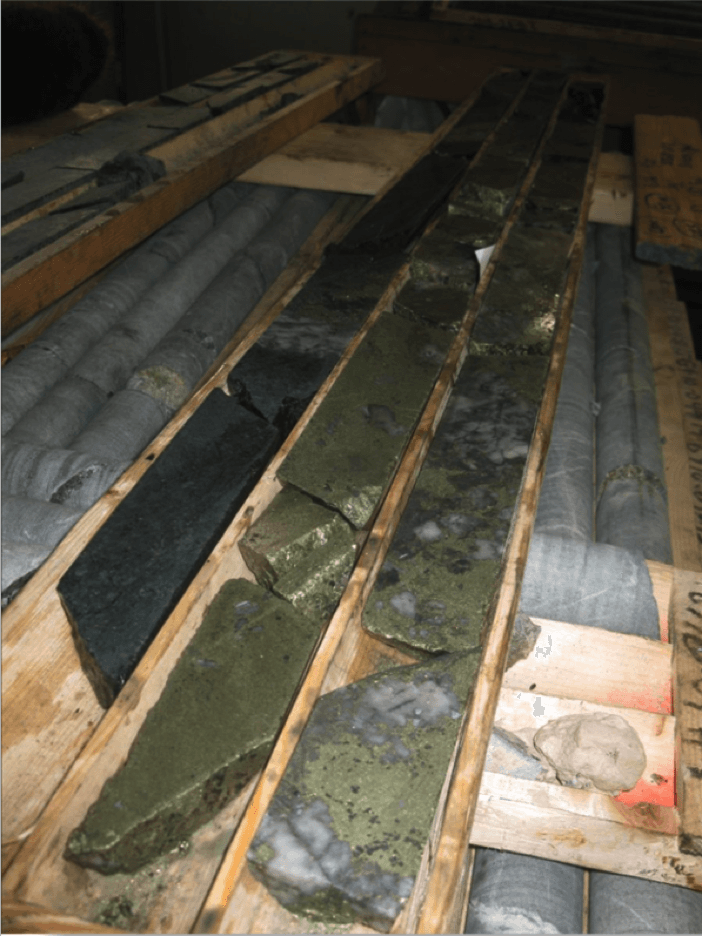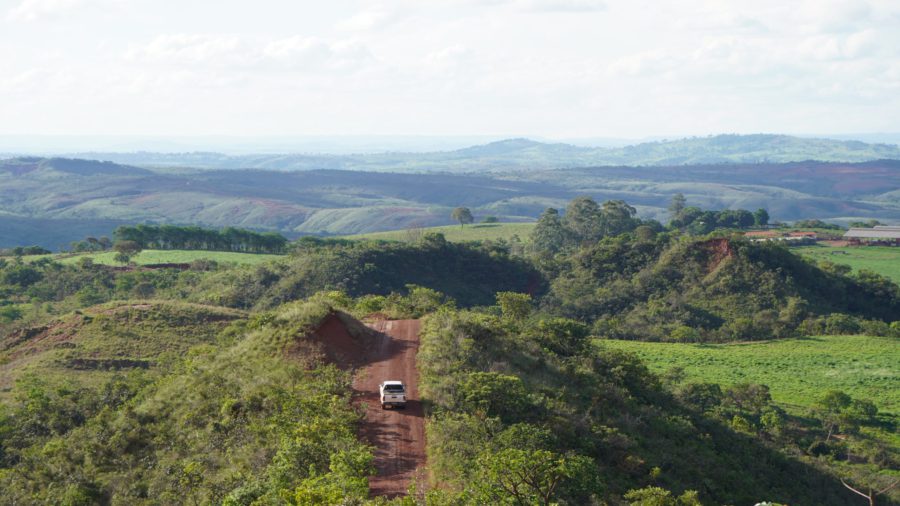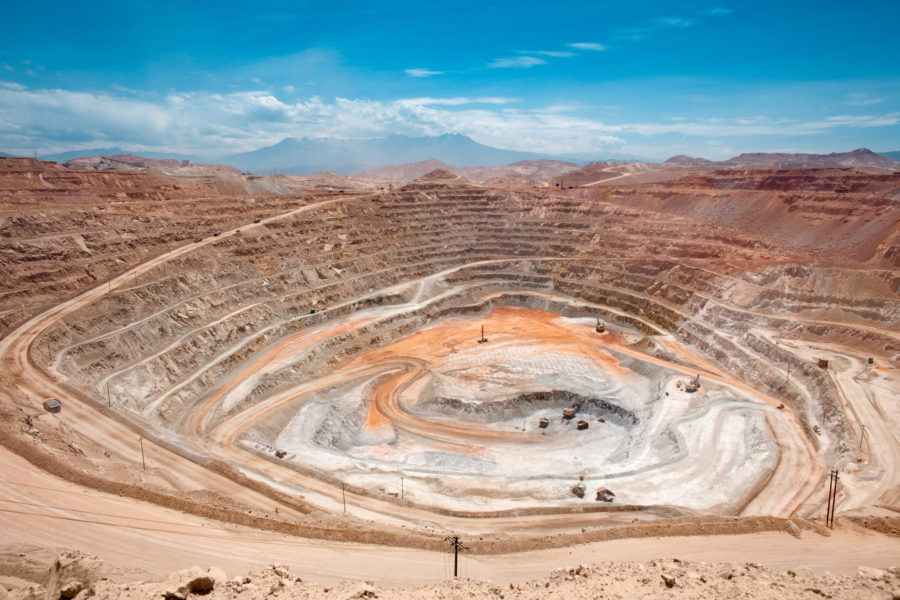QC Copper says planned Opemiska pit contains over 1B lb. copper, 815K oz. gold

QC Copper and Gold (TSXV: QCCU) has released a pit-constrained resource estimate for the Opemiska copper project in Quebec that contains almost 1.2 million lb. of copper and 815,600 oz. of gold (1.6 billion lb. copper-equivalent) in the measured and indicated category.
The measured and indicated resources are 81.7 million tonnes grading 0.65% copper and 0.31 g/t gold. The inferred portion is 21.4 million tonnes at 0.51% copper and 0.30 g/t gold (0.73% copper-equivalent), containing 345.8 million lb. copper-equivalent.
QC Copper has also identified a high-grade potential starter pit of 10.6 million tonnes grading 1.26% copper-equivalent.
The Opemiska project, located in Chapais, includes the former Springer, Perry, Robitaille and Cooke copper-gold mines. The first two were acquired by QC Copper in 2019, and the last two in 2020. When they were operated by Falconbridge from 1953 to 1991, they produced over 1.1 billion lb. of copper and 750,000 oz. of gold.
“Given our geologic model and knowledge of existing mineralization, we see ample room to grow this mineral resource with further exploration and definition drilling,” said QC Copper chairman and CEO Stephen Stewart. We see few comparable copper-gold deposits that offer this combination of substantial size, robust grades, and excellent on-site infrastructure all located in the province of Quebec.”
There are several targets QC Copper might test with a winter drilling program. East of the Perry pit both veins and disseminated mineralization is known, and with more drilling, it may become a satellite pit. Further east near the Cooke and Robitaille mines, the former owner tested it for high grade veins with underground mining potential. QC Copper would like to target an area 500 metres wide and 3.5 km long. A study done in 2014 identified a target at depth that may contain 3 million to 22 million tonnes with an average grade of 1.5% to 2.5% copper. It, too, may be tested.
(This article first appeared in The Northern Miner)
More News
Resouro boosts titanium resource by 37% at Tiros project in Brazil
Total resources are now 1,400 Mt1 at 12% TiO₂ and 4,000 ppm TREO, the company said.
April 09, 2025 | 04:37 pm
Prime Minister Mark Carney vows to speed permits, make Canada energy superpower
The Liberal Party leader said at a campaign stop in Calgary that his government would create a Major Federal Project Office with a “one project, one review” mandate.
April 09, 2025 | 03:34 pm
Peru mining chamber sees copper output up 2-4% this year
That would put Peru's copper production between 2.79 million and 2.85 million metric tons.
April 09, 2025 | 02:53 pm
{{ commodity.name }}
{{ post.title }}
{{ post.excerpt }}
{{ post.date }}




Comments